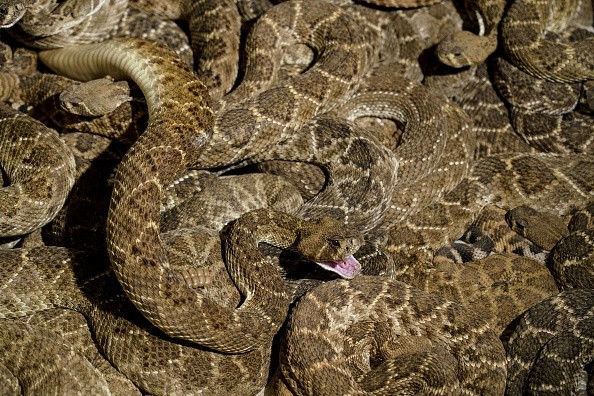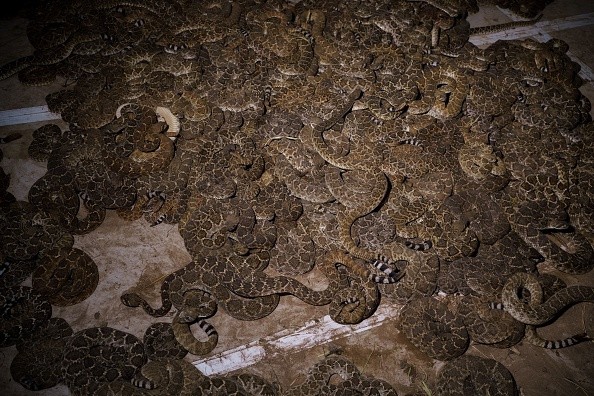After phoning a reptile rescue to handle a few rattlesnake sightings in their home, a California homeowner was surprised to discover that they were sharing their space with at least 92 of the snakes.

Why did the rattlesnakes flock to their house?
Al Wolf, the director of Sonoma County Reptile Rescue, removed 22 adult rattlesnakes and 59 babies from the foundations of the building, and later came back to carry 11 more.
Because most of the boulders in the earth were left in when builders dug the home's foundation, Wolf told the Santa Rosa Press-Democrat that the region was excellent for rattlesnake denning. The snakes were released in an area remote from human habitation by Wolf.
According to Emily Taylor, a herpetologist at California Polytechnic State University in San Luis Obispo who also relocates rattlesnakes, the foundations could have been a rookery or a spot where rattlesnakes meet in huge numbers to give birth.
Taylor told Live Science that this would explain the enormous number of newborns. The choice of a home's foundations for a rookery, on the other hand, is unusual, she said.
"It's not common in California at low elevations to have so many snakes, and it's certainly not common for them to be under a house," she explained.
Also Read: Rattlesnakes Can Deceive You Into Thinking They're Closer With This 'Sound Trick'
Rattlesnakes characteristics
Northern Pacific rattlesnakes (Crotalus oreganus) are widespread throughout much of western North America and western Canada. Rattlesnakes give birth to live babies.
Females sometimes find an abandoned rodent burrow and give birth alone, while others congregate in rookeries, according to Taylor. She claims that these rookeries are more common at higher elevations, where the snakes have fewer warm dens to choose from.
However, it's unclear why certain snakes choose rookeries while others prefer to go it alone. According to Taylor, snakes that congregate in rookeries may be connected and cooperate to provide their young a greater chance of survival.
Snake mummies were thought to raise their infants for around two weeks before the young snakes shed their skin for the first time and set out on their own, according to researchers.
However, according to Taylor's research, snake motherhood is more complicated. She set up the first Livestream of a rattlesnake rookery this summer, and preliminary observations indicate that the mothers and youngsters may come and go over a longer length of time.

Drought contributes to snake presence in yards
The babies are born in August in a study area near Steamboat Springs, Colorado, where Taylor and her colleagues also observe rattlesnakes. They stay with their mothers through the winter while hibernating. The newborns in that population do not leave until the spring.
Wolf told the Press-Democrat that the majority of the snakes removed from the Sonoma County property were "mellow." Rattlesnakes, in general, avoid humans, according to Taylor. They stay away from high-traffic places and will try to leave before biting.
Rattlesnakes, on the other hand, frequently find a pleasant environment near humans, who prefer to live near water and shade, which attracts rodents, according to her. Droughts in California have attracted snakes into yards, where sprinkler systems provide a water source.
According to Taylor, the snakes in the foundation of the house were presumably attempting to keep to themselves, but if a householder had cornered them or stepped on a basking snake, there was a possibility of a bite.
For more news, updates about rattle snakes and similar topics don't forget to follow Nature World News!
© 2026 NatureWorldNews.com All rights reserved. Do not reproduce without permission.





